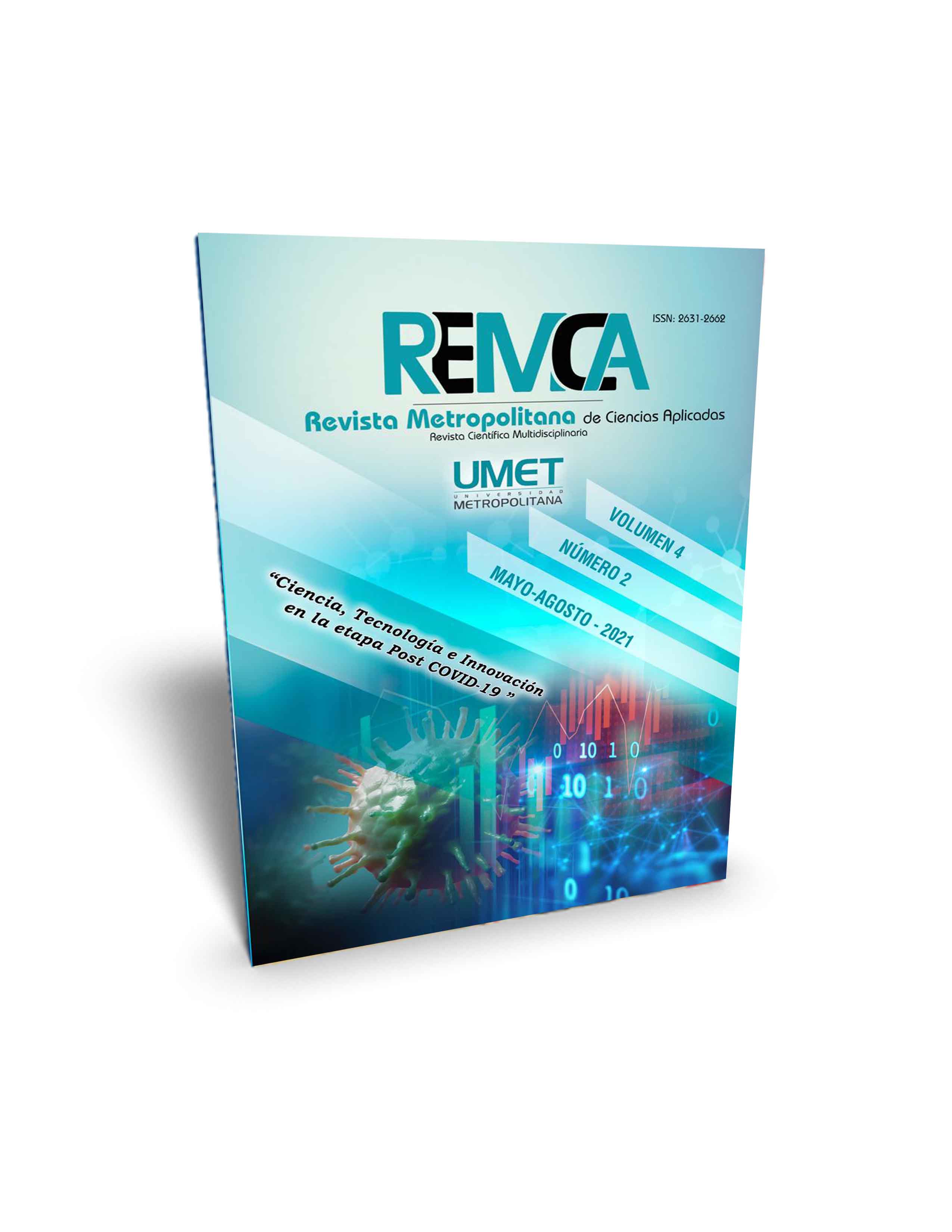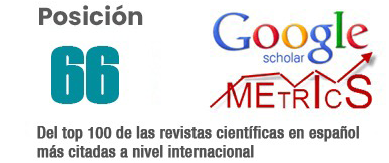Migratory analysis and its effect on the productivity of short cycle crops in the Canton Colta, period 2015-2018
DOI:
https://doi.org/10.62452/jkxypc48Keywords:
Migration, productivity, crops, ruralAbstract
The present work aims to analyze the migratory situation and its effect on the productivity of short-cycle crops in the Colta canton, period 2015-2018. For this research, the cross-sectional descriptive methodological design was used in order to be able to analyze the quantitative and qualitative variables, taking into account the bibliographic review and field research supported by a survey, which is aimed at investigating the rural migratory effect. urban. In such a way that, thus, it is possible to demonstrate the existence of an increase, decrease in production or, otherwise, know if production was maintained. The problems that arise from different factors cause consequential alterations to the social and economic environment within the area, affecting small producers. This made it possible to identify in the simplest way the situation of the actors involved in the issue. An obvious problem that surrounds this production is the significant loss of young human capital, however, under this premise, the problem was presented as follows: What is the behavior of short-cycle agricultural productivity in the Colta canton in relation to the migratory effect of the area. The age range that predominates in the area is 50 years or more, with women having the greatest presence in the rural sector. It is evident that the migratory effect does not compromise agricultural production since its production is traditionally for personal consumption.
Downloads
References
Avila Pacheco, A. (2011). Aporte de la mujer rural a la seguridad alimentaria. (Trabajo de Titulación). Pontificia Universidad Católica del Ecuador.
Ballara, M. (2012). Mujer, agricultura y seguridad alimentaria. http://www.marcelaballara.cl/genydes/2012%20Mujer,%20agricultura%20y%20seguridad%20alimentaria%20Ballara%20Damianovic%20Valenzuel.pdf
Barrezueta, S., & Chabla, J. (2017). Características sociales y económicas de la producción de cacao en la provincia El Oro, Ecuador. La Técnica, (Esp), 25-34.
Cadenas, N. (2019). Limea base de los grupos de atencion prioritaria del canton Colta. GAD Municipal de Riobamba. https://www.gadmriobamba.gob.ec/index.php/descarga/consejo-cantonal-para-la-proteccion-de-derechos?download=1598:linea-de-base-de-los-grupos-de-atencion-prioritaria-del-canton-riobamba
Chambers, I. (1995). Migracion, cultura e identidad. Amorrortu editores.
Chávez, C. (2015). investigacion de la acelga y propuesta gastronomica en el cantón Colta de la provincia de Chimborazo. (Trabajo de titulación). Universidad Tecnológica Equinoccial.
Delli, A. (2020). Rubros de la produccion anual del canton Colta: periodo 2014-2019. Ministerio de Agricultura y Ganaderia, Riobamba. Obtenido de https://www.gestiondocumental.gob.ec/
Ecuador. Gobierno Autónomo Descentralizado Municipal del Cantón Colta. (2018). Producción Agrícola. https://municipiodecolta.gob.ec/gadcolta/index.php/29-produccion-agricola
Fuentes Aguila, M. R., & Castellanos Fuentes, P. E. (2020). El problema migratorio. Revista Metropolitana de Ciencias Aplicadas, 3(1), 169-176.
García Ferrando, M. (1993). La encuesta: El análisis de la realidad social. Métodos y técnicas de Investigación. Madrid: Alianza Universidad Textos.
Guacho Vasconez, F. P. (2015). Creación de un portal Web institucional para el GAD del cantón Colta de la provincia de Chimborazo. (Trabajo de titulación). Universidad Politécnica Salesiana.
Medina, T. (2018). La comercialización y demanda de consumo de la quinua en el cantón Colta, período 2016 – 2017. (Trabajo de titulación). Universidad Nacional de Chimborazo.
Organización de las Naciones Unidas para la Alimentación y la Agricultura. (1996). Seguridad y soberanía alimentaria. FAO. http://www.fao.org/3/ax736s/ax736s.pdf
Organización de las Naciones Unidas para la Alimentación y la Agricultura. (2000). Ecuador: Nota de Analisis Sectorial Agricultura y Desarrollo Rural. FAO. http://www.fao.org/3/ak168s/ak168s00.pdf
Pucha, E. (2013). Artesanias Colta-Ecuador. ARTEsanias Colta .
Ramírez Morales, I., Ruilova Reyes, B., & Garzón Montealegre, J. (2015). Innovación tecnológica en el sector agropecuario. Universida Tecnica de Machala.
Verdú, A., & González Tamayo, N. (2017). Conocimientos ancestrales y procesos de desarrollo: nacionalidades indígenas del Ecuador. EDILOJA Cía. Ltda.
Villagran, J. I. (2016). Transformaciones rurales y agrarias en Ecuador. Serie Documentos de Trabajo N° 179. Grupo de Trabajo Inclusión Social y Desarrollo. RIMISP.
Downloads
Published
Issue
Section
License
Copyright (c) 2021 William Fernando Badillo Auquilla, Víctor Javier Garzón Montealegre, Salomón Alejandro Barrezueta Unda (Autor/a)

This work is licensed under a Creative Commons Attribution-NonCommercial-ShareAlike 4.0 International License.
Authors who publish in Revista Metropolitana de Ciencias Aplicadas (REMCA), agree to the following terms:
1. Copyright
Authors retain unrestricted copyright to their work. Authors grant the journal the right of first publication. To this end, they assign the journal non-exclusive exploitation rights (reproduction, distribution, public communication, and transformation). Authors may enter into additional agreements for the non-exclusive distribution of the version of the work published in the journal, provided that acknowledgment of its initial publication in this journal is given.
© The authors.
2. License
The articles are published in the journal under the Creative Commons Attribution-NonCommercial-ShareAlike 4.0 International License (CC BY-NC-SA 4.0). The terms can be found at: https://creativecommons.org/licenses/by-nc-sa/4.0/deed.en
This license allows:
- Sharing: Copying and redistributing the material in any medium or format.
- Adapting: Remixing, transforming, and building upon the material.
Under the following terms:
- Attribution: You must give appropriate credit, provide a link to the license, and indicate if any changes were made. You may do this in any reasonable manner, but not in any way that suggests the licensor endorses or sponsors your use.
- NonCommercial: You may not use the material for commercial purposes.
- ShareAlike: If you remix, transform, or build upon the material, you must distribute your creation under the same license as the original work.
There are no additional restrictions. You may not apply legal terms or technological measures that legally restrict others from doing anything the license permits.




